Gallery: Stunning Photos of Polar Bears in the Arctic
Swimming Polar Bear
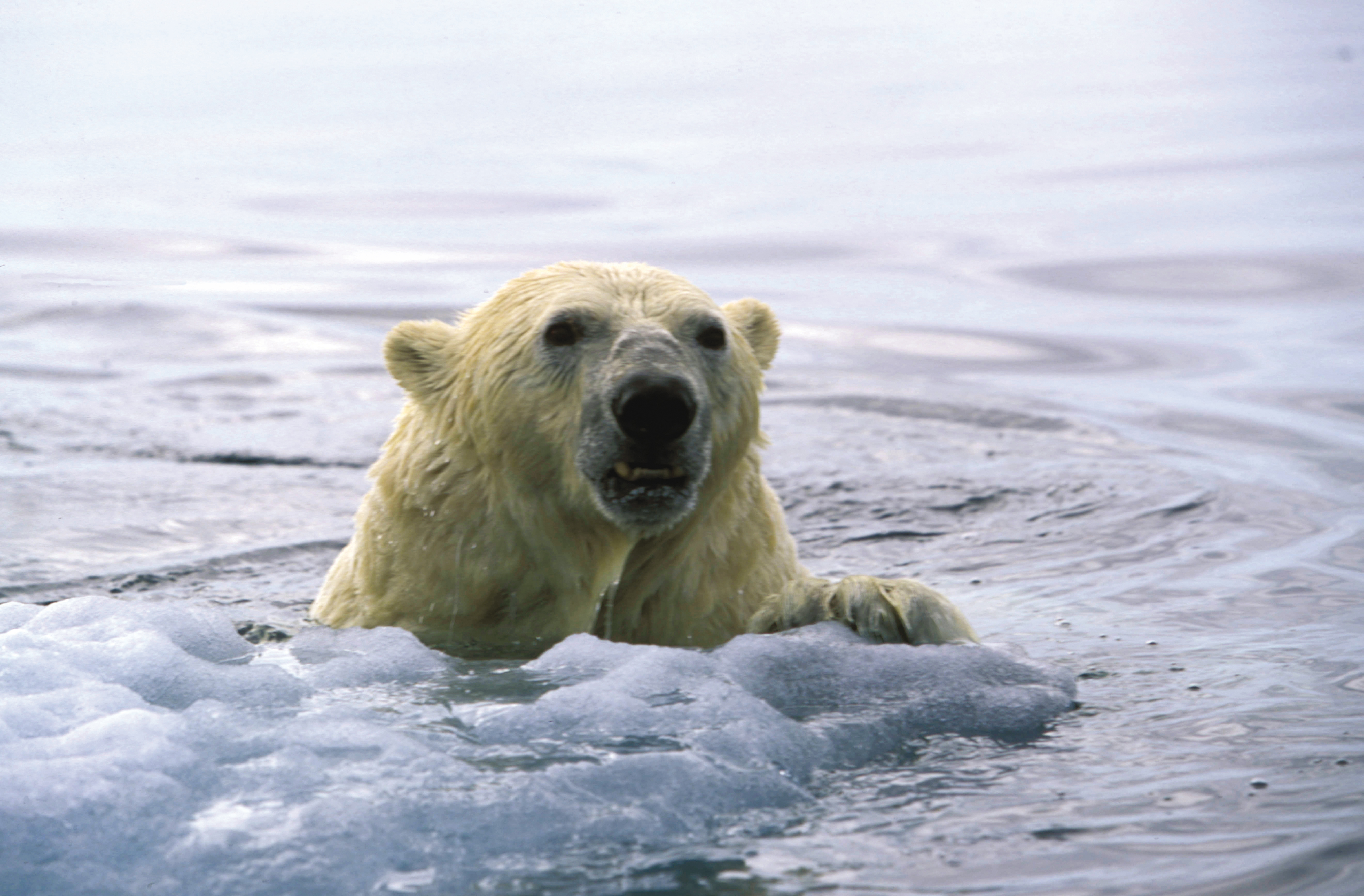
The rapid loss of sea ice is forcing polar bears to go for longer swims, according to research.
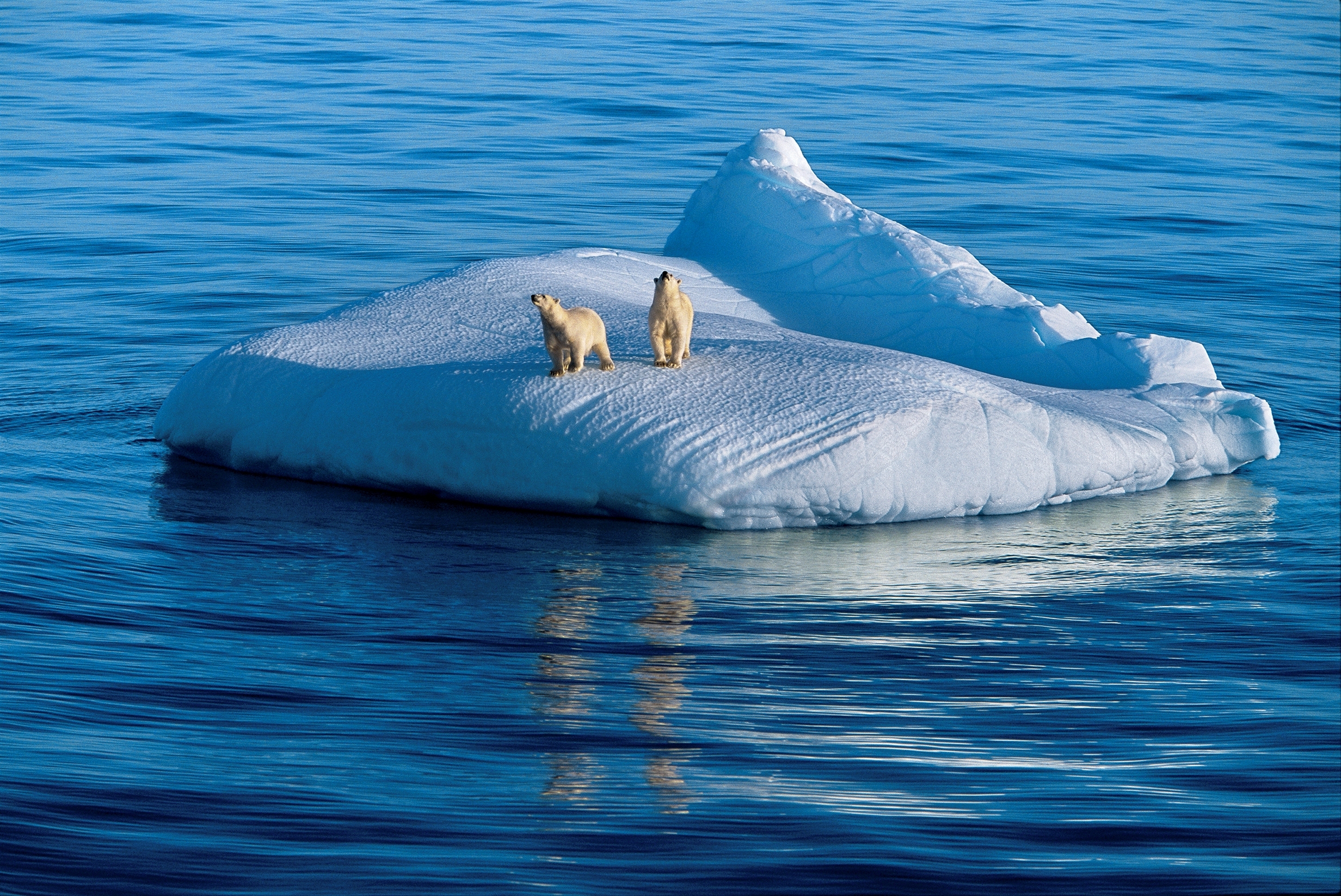
Two polar bears rest on an ice float.
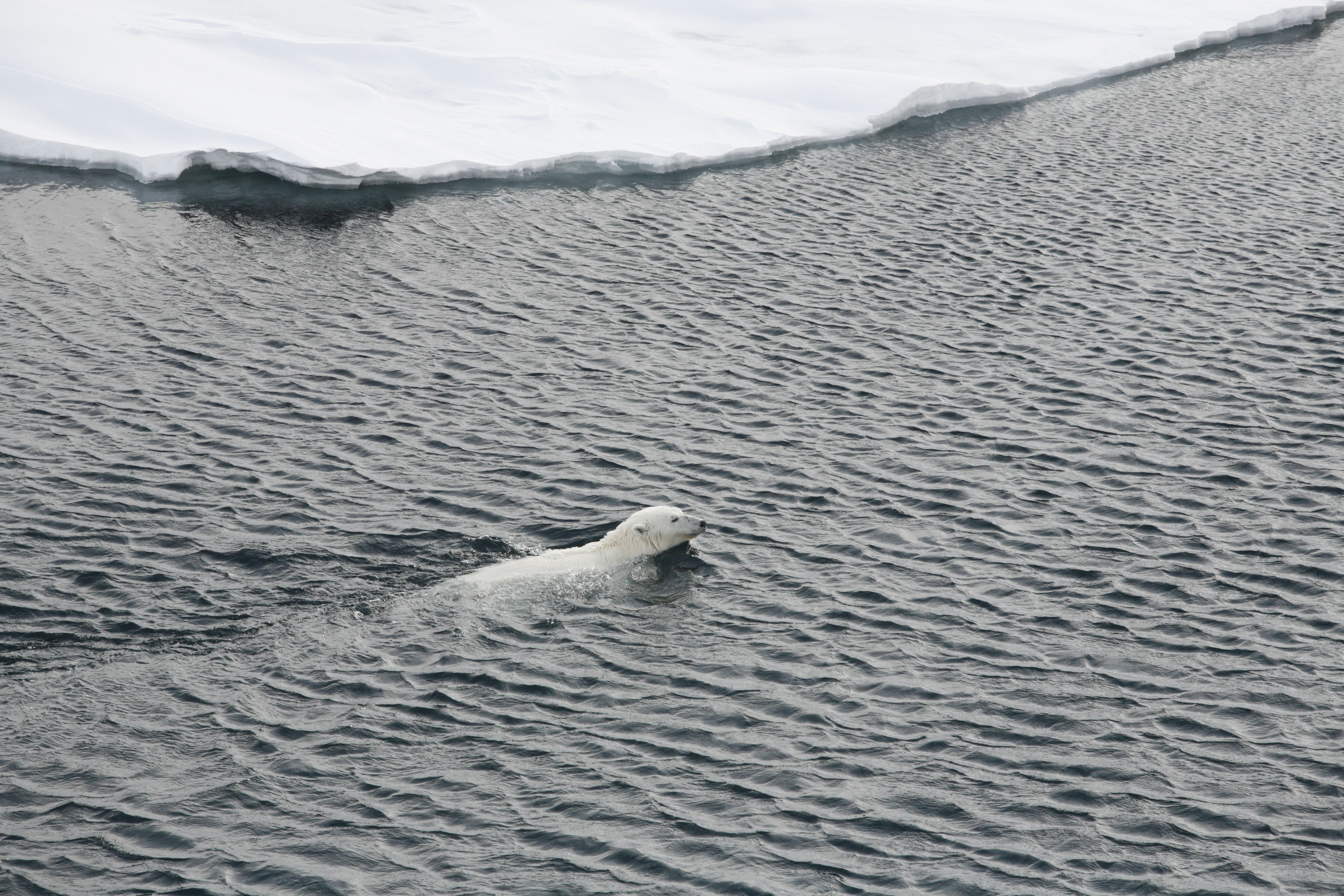
Biologists are warning that warmer temperatures from climate change are forcing polar bears to swim longer distances to find stable sea ice.
Polar Bears
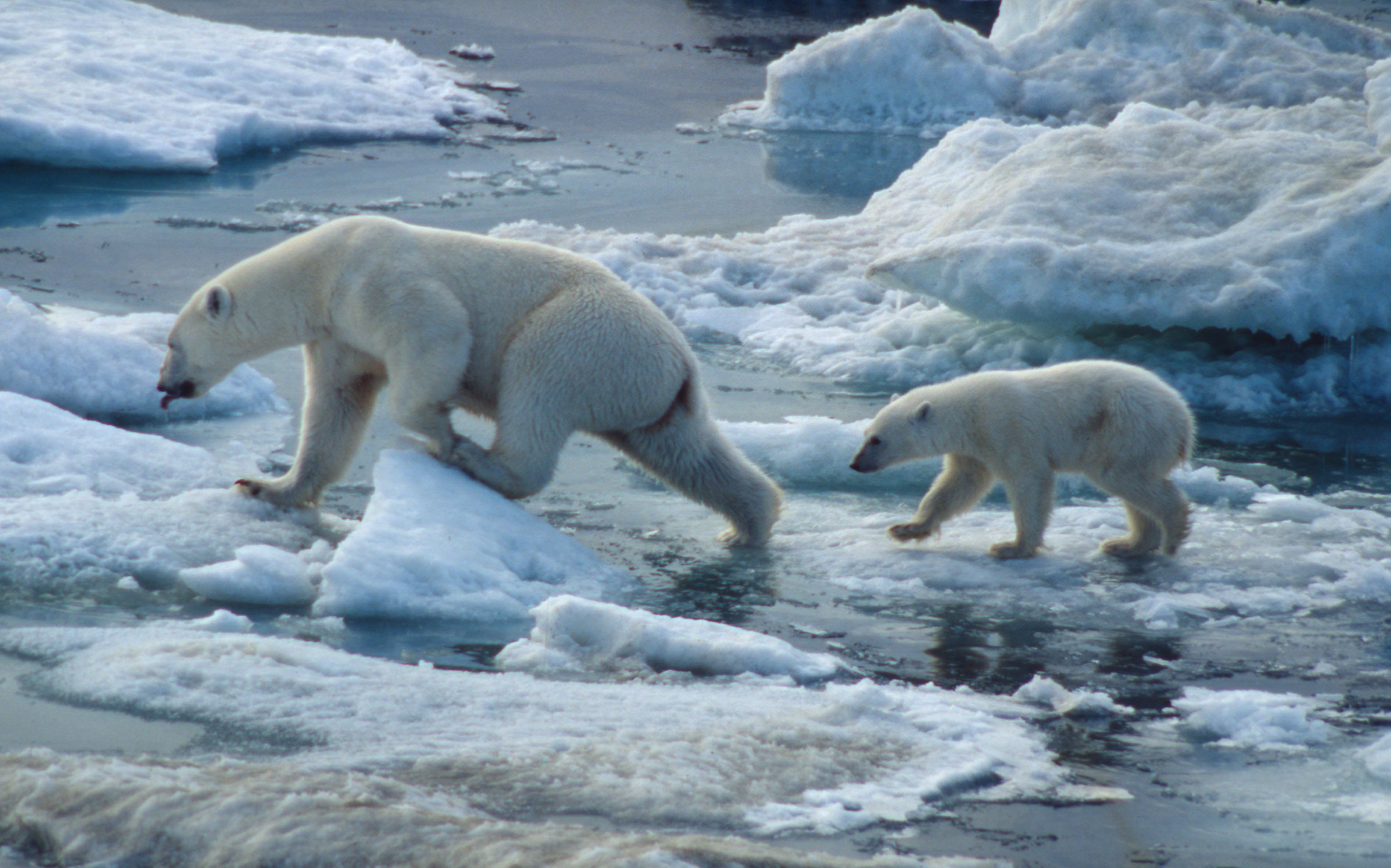
Researchers following a group of adult polar bears wearing GPS collars found a 45 percent mortality rate among the cubs of those who swam 30 miles or more at a time, as compared with an 18 percent mortality rate among the cubs of other polar bears.
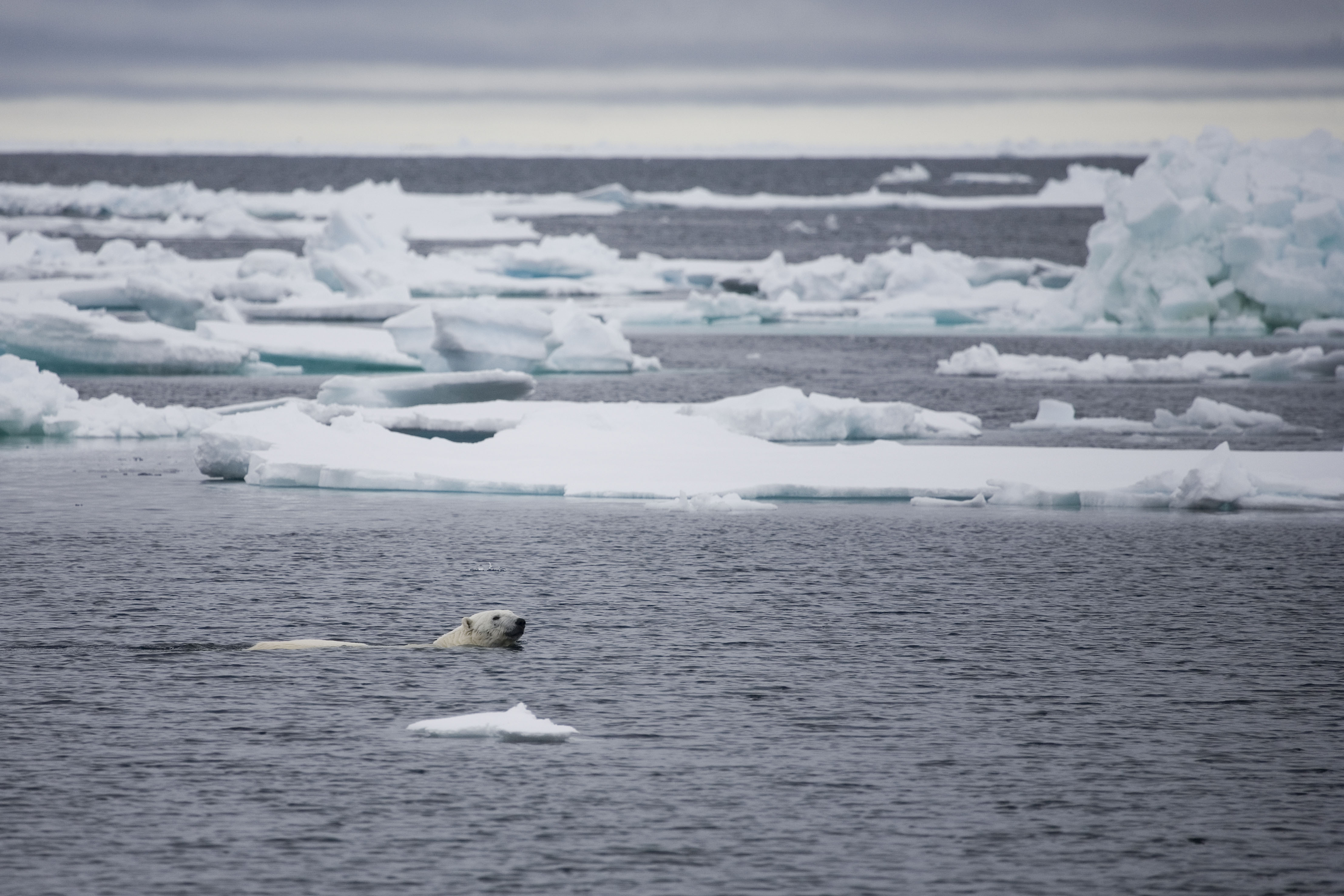
According to the University of Washington Polar Science Center, Arctic sea-ice levels have dropped to record lows in July 2011, with sea ice volume now 47 percent lower than it was in 1979, when satellite records began.
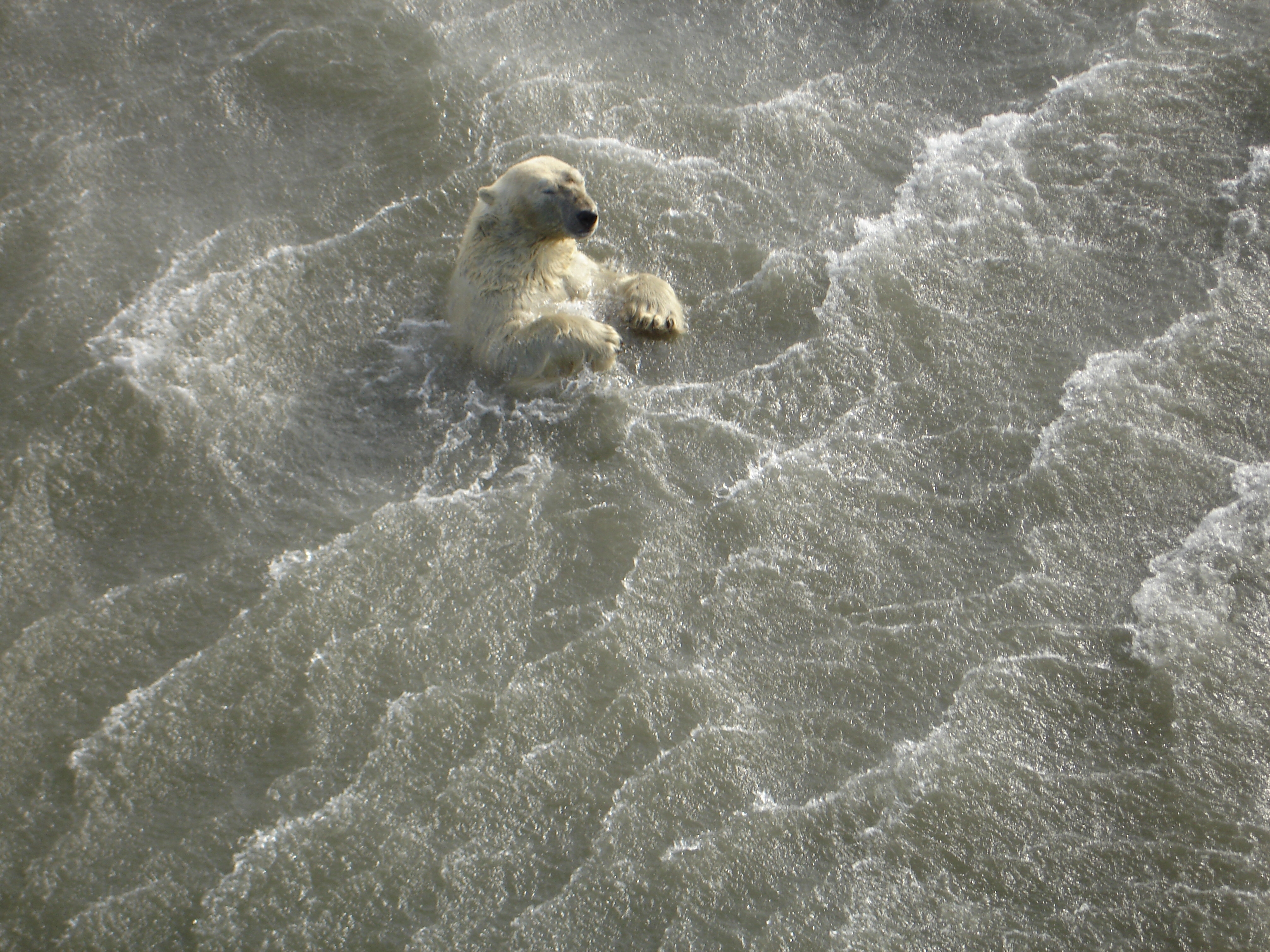
Long-distance swimming expends large amounts of energy, putting the polar bears at risk of drowning due to fatigue or rough seas.
A swim?
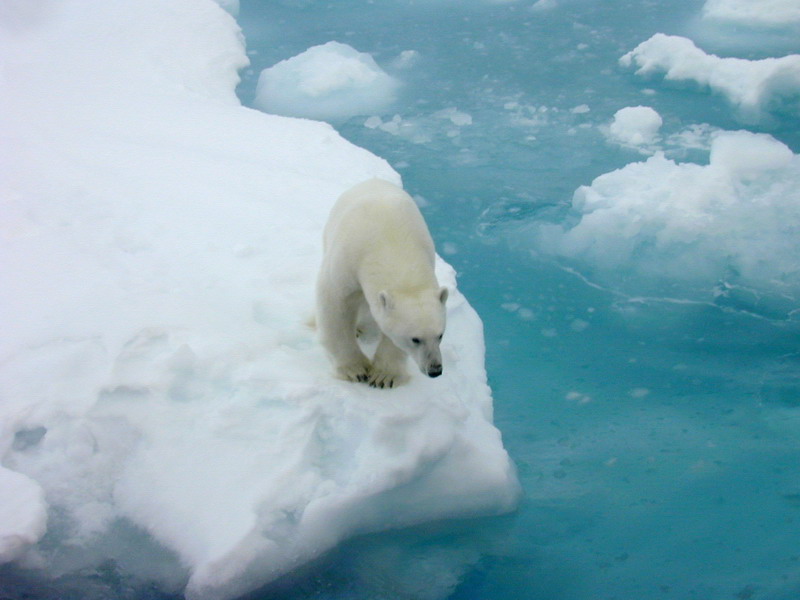
A polar bear gazes at the open water in the Arctic Ocean. Image taken during an Arctic Research Office-Ocean Exploration cruise in 2003 to the Chukchi Plateau.
Sign up for the Live Science daily newsletter now
Get the world’s most fascinating discoveries delivered straight to your inbox.
Biggest bears
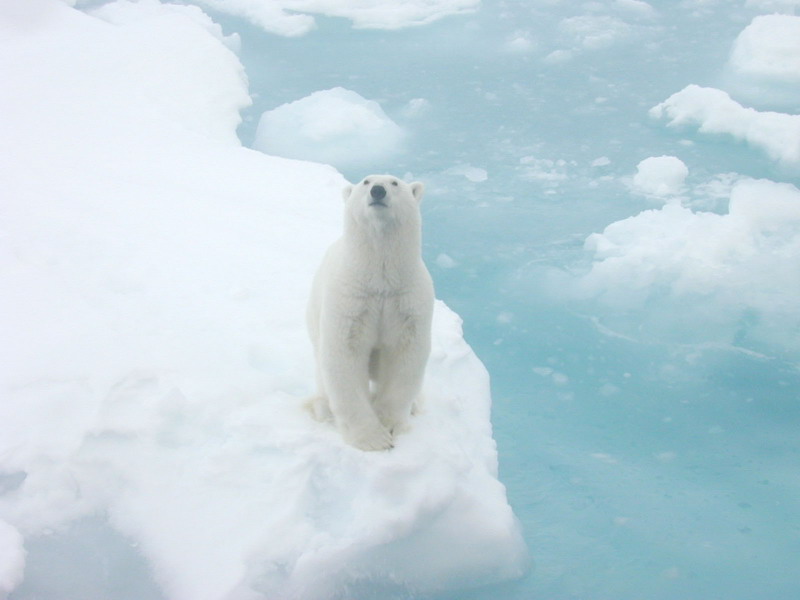
An adult male polar bear grows usually weighs between 775 to 1,200 pounds (351 to 544 kilograms) and will reach its full adult size between the ages of 8 and 14. Adult females are half the size — 330 to 650 pounds (50 to 295 kg) — and reach full size at around age 5-6 years. This image was taken during an Arctic Research Office-Ocean Exploration cruise in 2003 to the Chukchi Plateau.
Suited for Ice
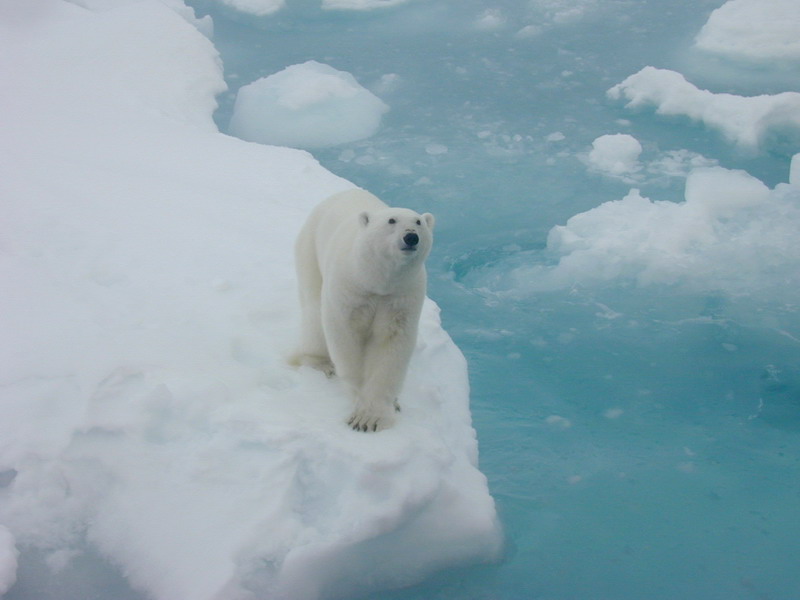
The polar bear is perfectly suited to its frigid, icy habitat: They have two layers of fur — glossy, waterproof 'guard' hairs and dense under-fur — and a thick layer of fat — 2 to 4 inches (5 to 10 centimeters) — beneath their skin that helps keep them warm. They also have small a small tail and ears, which help prevent heat loss.
Standing tall
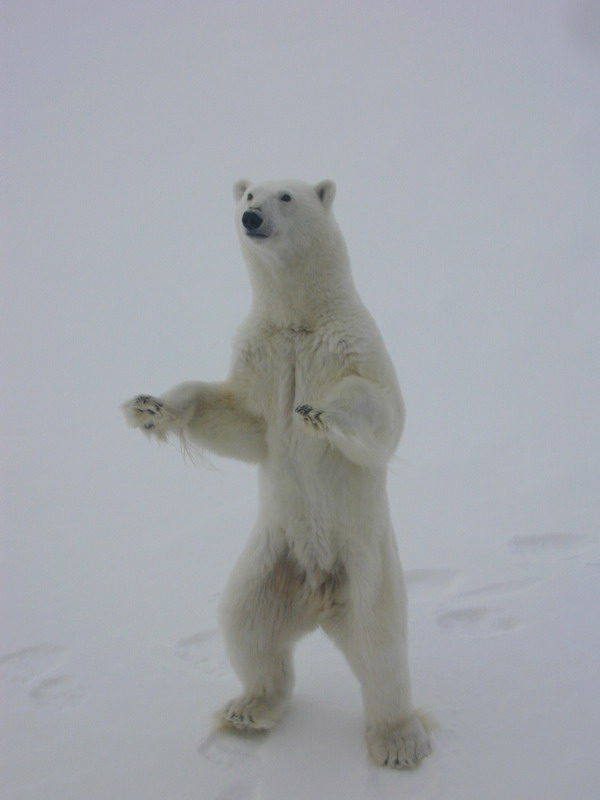
The height of polar bears at their shoulders when they are on all fours is usually between 3.5 to 5 feet (1 to 1.5 meters) for males and females, though when they stand on two legs they look even more formidable.










